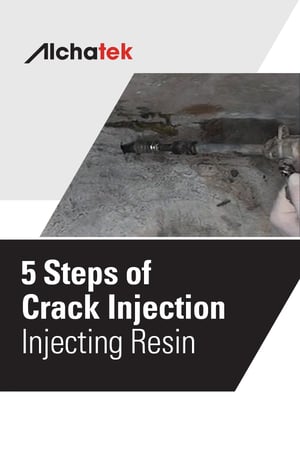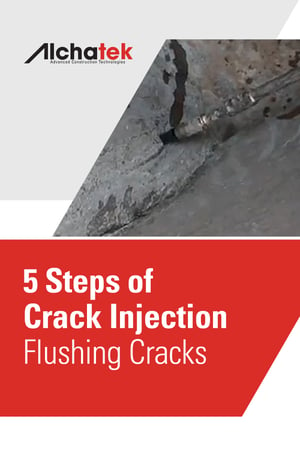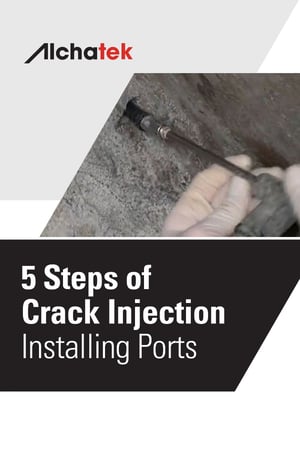 The Significance of Forward-Thinking Maintenance
The Significance of Forward-Thinking Maintenance
Grain silos are dynamic systems that benefit from regular, proactive upkeep. Immediate repairs like sealing leaks and leveling slabs are essential, but a long-term maintenance plan offers additional advantages. Proactive maintenance extends the silo's lifespan, reduces operational costs, and bolsters safety measures.
Energy Efficiency as a Strategic Focus
How Sealed Leaks and Stable Slabs Contribute to Energy Efficiency
Sealed leaks and level slabs enhance a grain silo's energy efficiency. Effective leak sealing, for example, prevents moisture ingress, reducing the need for dehumidifiers or other climate control measures. Likewise, a level slab ensures machinery operates efficiently, minimizing energy loss due to friction or misalignment.
The Economic Benefits of Energy Efficiency
Implementing energy-efficient practices can result in substantial cost savings. Lower energy consumption directly translates to reduced utility bills. In some areas, energy-efficient practices may also qualify businesses for tax incentives or grants, making it a vital aspect of long-term maintenance planning.
A Long-Term View on Cost-Effectiveness
Weighing Initial Costs Against Long-Term Benefits
While premium repair materials and energy-efficient solutions may come with higher initial costs, they often lead to long-term financial benefits. Durable repair solutions, for example, can reduce the frequency of reapplications, thereby lowering overall maintenance expenses. Similarly, energy-efficient practices offer ongoing utility bill savings.
The Value of Preventive Maintenance
Incorporating preventive maintenance, such as routine inspections and minor repairs, contributes to long-term cost-effectiveness. Early detection of issues helps avoid larger, more costly problems down the line. Planning scheduled maintenance activities during off-peak times further minimizes operational disruptions and costs.
Keeping Pace with Industry Changes and Staff Development
Staying Updated on Industry Trends
The landscape of grain silo maintenance is ever-changing. Keeping abreast of these changes is vital for ongoing operational success. Industry newsletters, webinars, and expert consultations are valuable resources for staying informed.
The Importance of Ongoing Staff Education
Continuous learning for staff members responsible for the daily operation and maintenance of grain silos is crucial. Training programs can update them on the latest best practices, contributing to both operational efficiency and safety. Investing in staff education is not only beneficial but often essential for maintaining high levels of operational excellence.
Key Takeaways for Comprehensive Maintenance Planning
Developing a long-term maintenance strategy is an ongoing commitment that involves regular inspections, proactive repairs, and a focus on energy efficiency. By understanding the long-lasting benefits of various repair materials, the economic advantages of energy-efficient practices, and the value of continuous learning, grain silo owners and operators can create a robust maintenance strategy. This strategy will ensure both the structural integrity and operational efficiency of the silo, leading to long-term cost savings.





 Preparing for the Unpredictable: The Role of Maintenance in Disaster Readiness
Preparing for the Unpredictable: The Role of Maintenance in Disaster Readiness
 Grain silos serve as the backbone of agricultural storage and supply chains. They hold not just grain but also the trust of farmers, suppliers, and consumers. One of the most critical yet often overlooked aspects of maintaining a grain silo is the integrity of its elevator pits. Leaks in these pits can lead to a cascade of problems, from grain contamination to equipment malfunction. Understanding the importance of sealing leaks in elevator pits, the risks of water ingress, and the role of polyurethane provides actionable knowledge for effective grain silo management.
Grain silos serve as the backbone of agricultural storage and supply chains. They hold not just grain but also the trust of farmers, suppliers, and consumers. One of the most critical yet often overlooked aspects of maintaining a grain silo is the integrity of its elevator pits. Leaks in these pits can lead to a cascade of problems, from grain contamination to equipment malfunction. Understanding the importance of sealing leaks in elevator pits, the risks of water ingress, and the role of polyurethane provides actionable knowledge for effective grain silo management. 
 The Maze of Repair-Related Regulations
The Maze of Repair-Related Regulations

 The High Stakes of Unpredictability
The High Stakes of Unpredictability
 The Environmental Stakes of Wastewater Management
The Environmental Stakes of Wastewater Management
 The Critical Role of Wastewater Management in Public Health
The Critical Role of Wastewater Management in Public Health
 Finally! We are at the last basic step. Now for the fun part - injecting the polyurethane resin. If you only have one pump, be sure to flush the pump out completely with
Finally! We are at the last basic step. Now for the fun part - injecting the polyurethane resin. If you only have one pump, be sure to flush the pump out completely with 

 All cracks that aren’t actively leaking at the time you are sealing them need to be flushed out with water. Flushing them gives you several advantages:
All cracks that aren’t actively leaking at the time you are sealing them need to be flushed out with water. Flushing them gives you several advantages:
 Installing high-pressure injection ports is pretty straightforward, so I won’t spend too much time on this topic. Just a few quick tips.
Installing high-pressure injection ports is pretty straightforward, so I won’t spend too much time on this topic. Just a few quick tips.